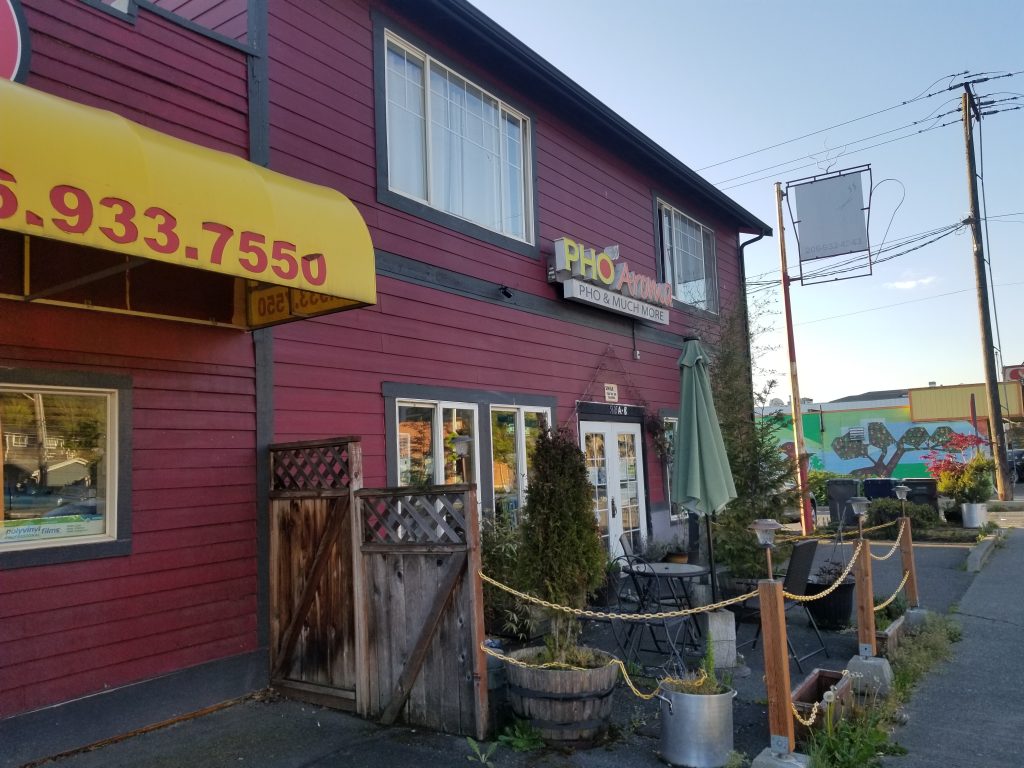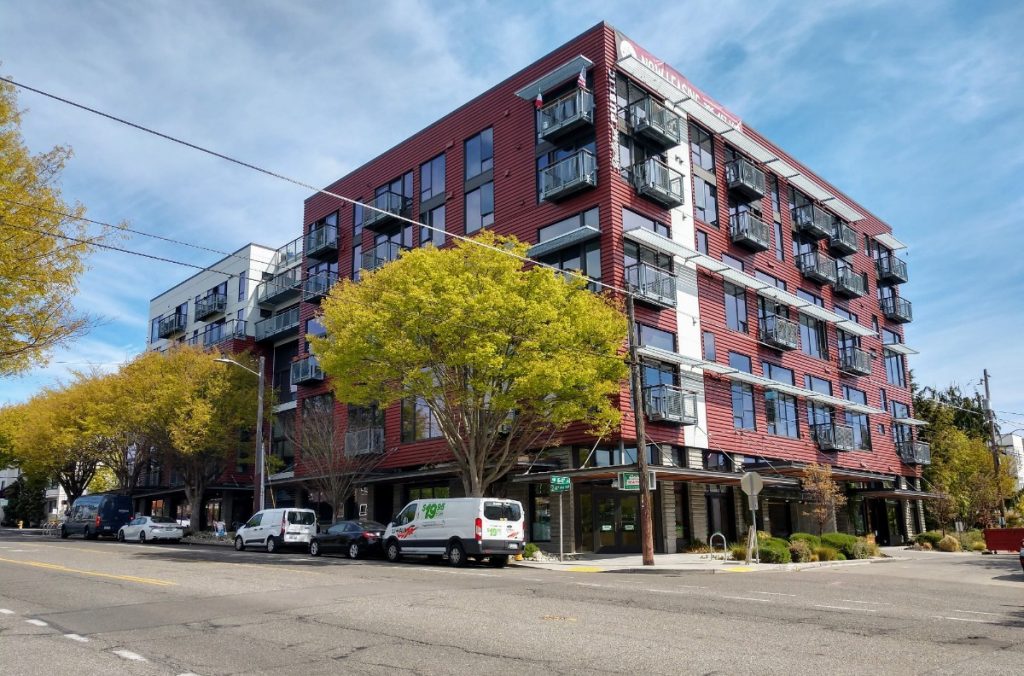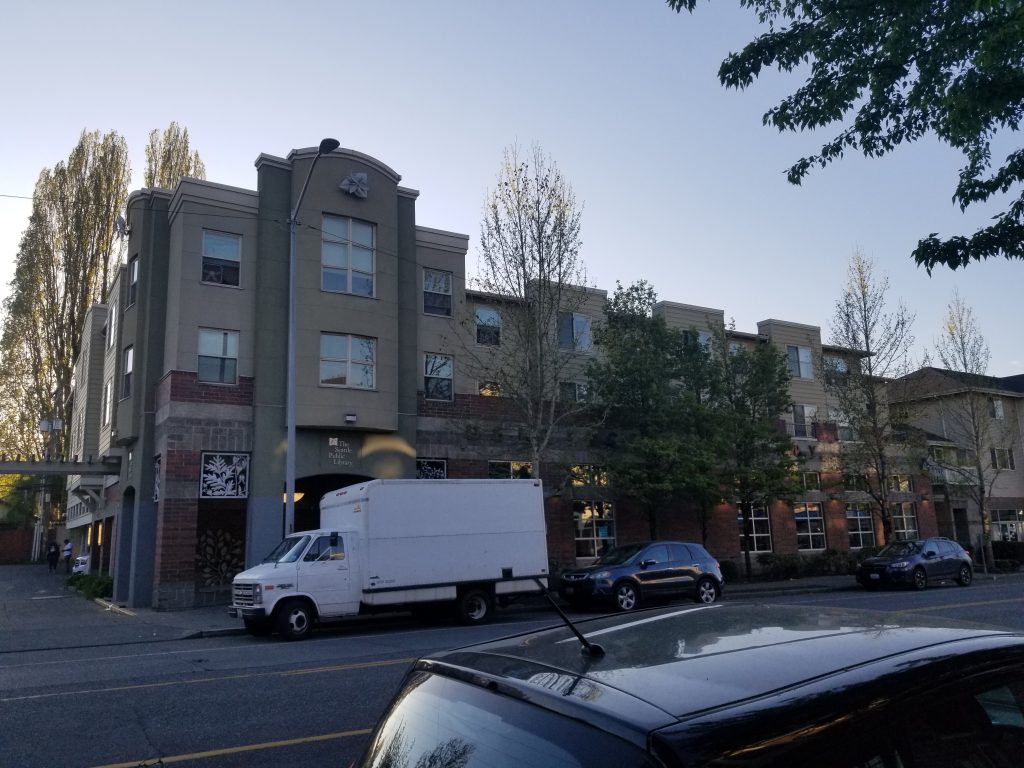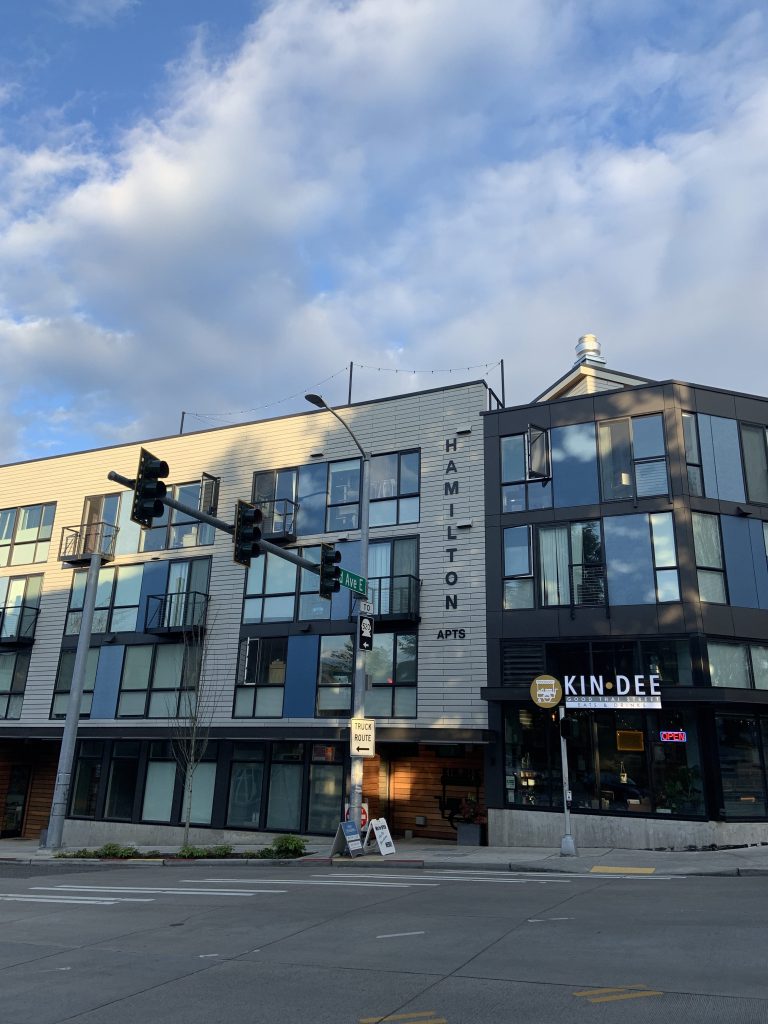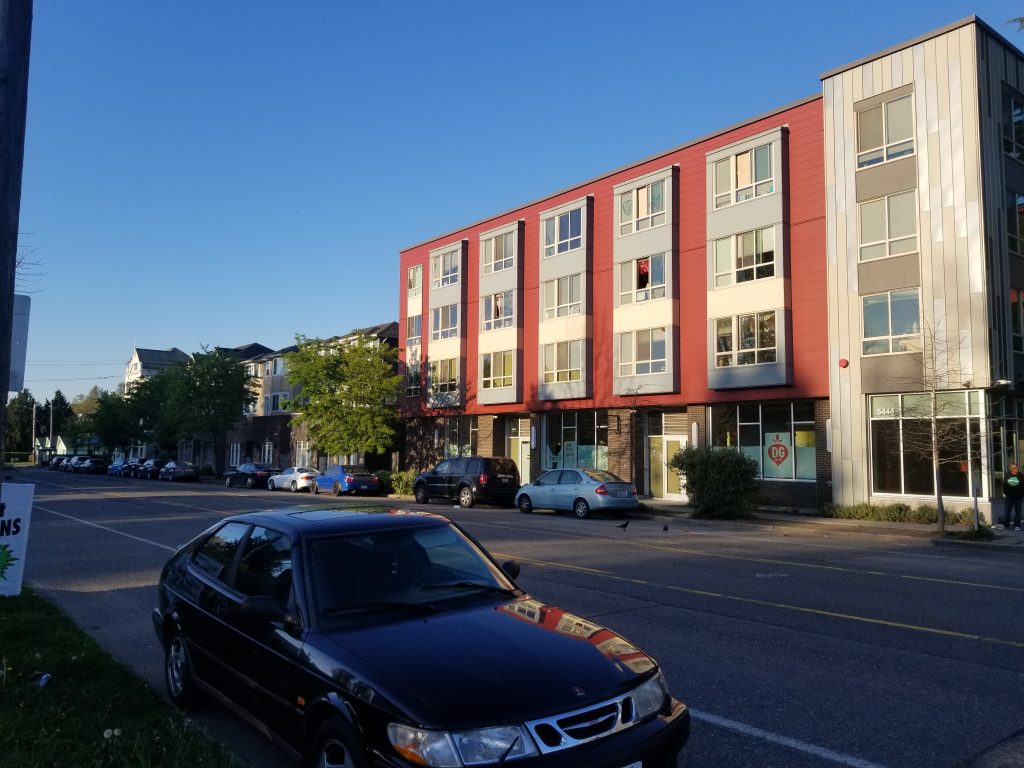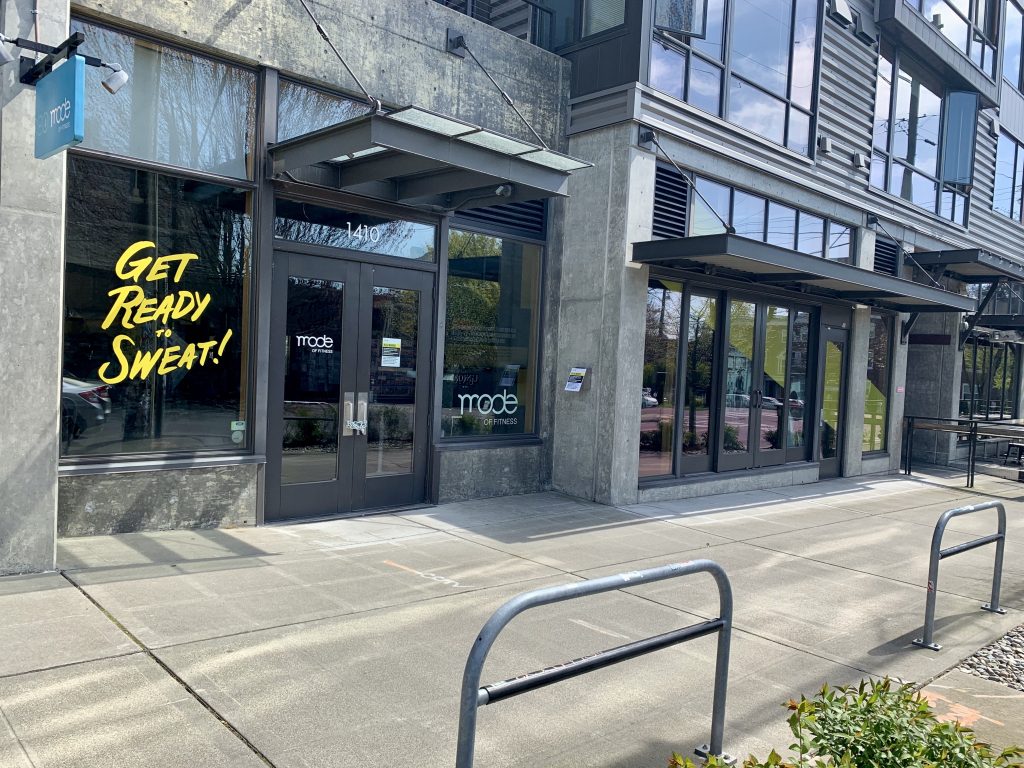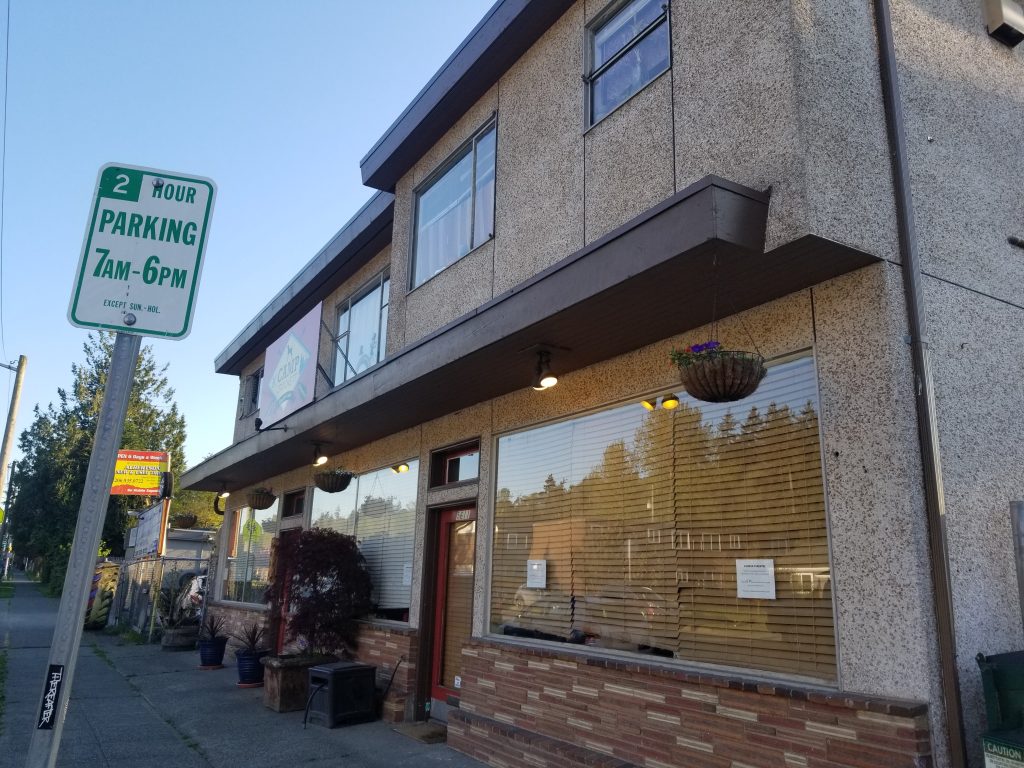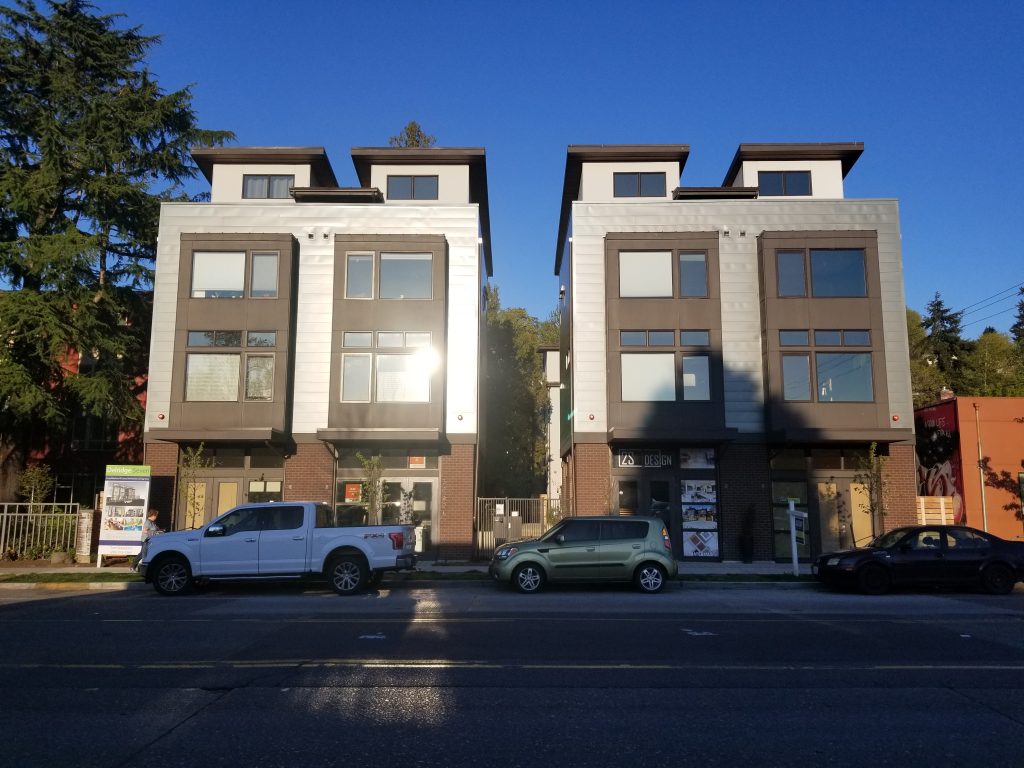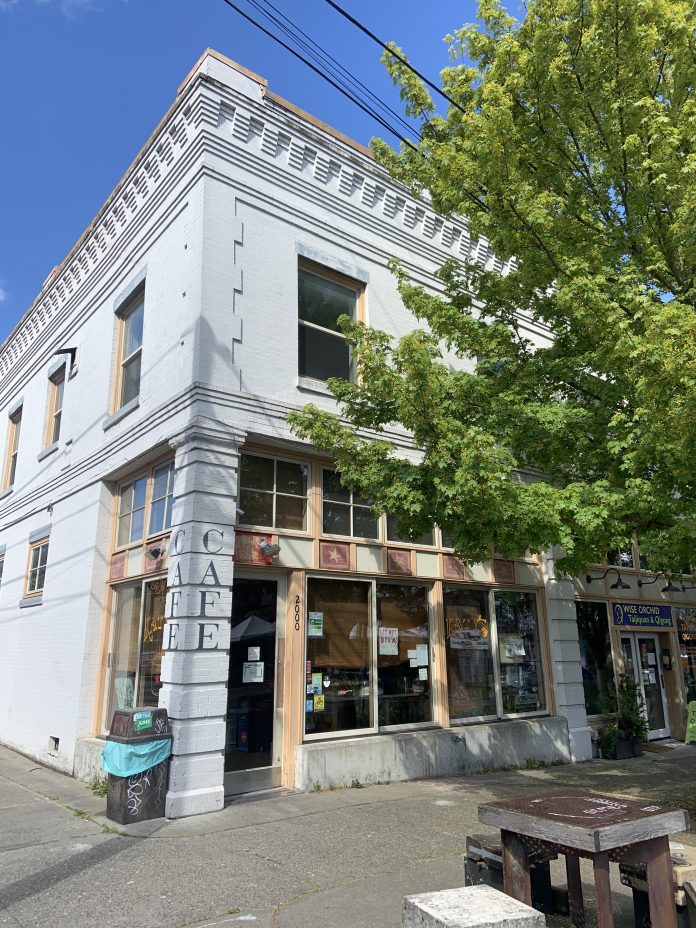
A few years ago, I was shocked when a friend disclosed to me that he did not like mixed-use buildings and dreaded the fact that more and more were being constructed throughout Seattle. Even more surprisingly, these words came someone who bikes to work, lives in a condo, and altogether enjoys the kind of lifestyle that urban density creates.
However, over a series of conversations I realized that was that it was not the mixed-use nature of the beings that he found problematic; instead it was the fact that newer structures seemed homogeneous, squeezing a range of uses into a single monolithic structure. What he wanted instead was a block punctuated by different styles and sizes of buildings, the kind of dense block you can find in older cities where such buildings have been constructed, renovated, and replaced over time.
After that conversation, I have never looked at mixed-use buildings, which I had always admired for their efficiency, quite the same way again. And since then I have puzzled over how architects and urban designers can improve newer mixed-use developments. The photos of mixed-use buildings sent in this week by readers participating in our scavenger hunt reaffirmed for me something I believe to true about this style of development, and maybe the built environment as a whole; the best way to ensure that people appreciate and feel comfortable with a building is to honor the concept of the human scale in its design.
Danish architect Jan Gehl first gained recognition for using the term human scale to describe design which centers its dimensions and forms on the scale of the human body. “In the last 50 years people have forgotten what good human form is,” Gehl said in a 2018 interview with ArchDaily.
Take a moment to enjoy the photos submitted by readers and think about how these mixed use developments incorporate the concept of the human scale in their design. What design choices, particularly on the ground level, make some buildings seems more intimate and inviting than others?
A big thank you to the readers who submitted their photos! We appreciate that you answered the call!
The Urbanist Scavenger Hunt #3: Alleys
Each time I venture out into my neighborhood, I motivate myself to continue to walk down the familiar streets by trying to discover something new on each walk. Lately that has meant exploring alleys, which always seem to offer surprises.
While alleys have been a part of urban landscapes for centuries, they all but disappeared from the design of American cities in the mid 20th century. This fact seems especially curious when you consider that alleys are heavily associated with car storage in the form of garages and parking. Why then did alleys seems to disappear just as car ownership was really taking off?

A short history of alleys by architecture firm Canin Associates offers some plausible answers.
A number of events took place in the past century that contributed to the demise of the alley. Zoning segregated land use in such a way that many of the alley’s uses were redirected to distinct, separate districts. The automobile grew not only as America’s primary mode of transportation, but also as a status symbol. As such, home designs began to feature front loaded garages, allowing the automobile to be proudly displayed for all to see. Simultaneously, government spending focused on building high-speed roads and emphasizing home ownership, creating suburbs in lieu of cities. This “suburban” way of thinking about what communities should look like and how they should function was a shift away from compact, mixed-use development, causing alleys to be dismissed as costly wastes of space.
Alleys in Urban Design: History and Application, Canin Associates
An increasing number of urban planners and designers have recognized the vital role alleys play in dense cities, and a movement to reclaim alleys as public space is underfoot in cities across the US, including in Seattle, where advocates in Pioneer Square and the Chinatown International District have worked hard to transform some alleys into appealing pedestrian friendly streets.
Outside of the downtown core, alleys have played a role in opening up space for detached dwelling units and other kinds of urban infill development. A stroll down nearly any alley in Seattle today reveals all kinds of housing–big and small–situated on the alley.

So your mission this week is to explore some of Seattle’s quieter, less traveled thoroughfares–in person or digitally–and share what you find with The Urbanist’s community of readers. I look forward to seeing what you discover.
The featured image at the top of the article is a 1908 building in the Central District that is home to Katy’s Corner Cafe and four apartments. (Credit: Kelsey Timmer)
Natalie Bicknell Argerious (she/her) is a reporter and podcast host at The Urbanist. She previously served as managing editor. A passionate urban explorer since childhood, she loves learning how to make cities more inclusive, vibrant, and environmentally resilient. You can often find her wandering around Seattle's Central District and Capitol Hill with her dogs and cat. Email her at natalie [at] theurbanist [dot] org.

